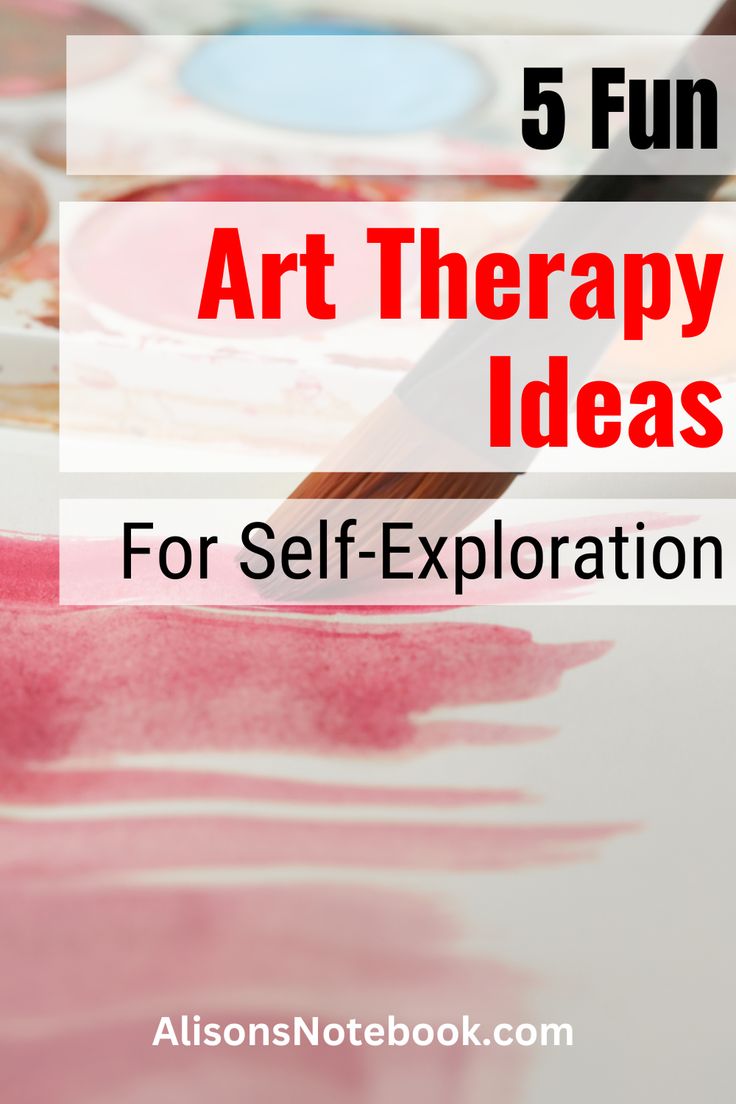5 Ways Art Therapy Heals

The realm of art therapy has long been recognized for its profound impact on mental and emotional well-being. By leveraging the creative process, individuals can tap into a powerful tool for healing, self-expression, and personal growth. Here, we’ll delve into five distinct ways in which art therapy facilitates the healing process, offering a comprehensive understanding of its benefits and applications.
1. Emotional Expression and Release
Art therapy provides a unique platform for individuals to express and process their emotions in a healthy and constructive manner. Through various art forms such as painting, drawing, or sculpting, individuals can convey complex emotions that might be challenging to verbalize. This form of expression not only helps in identifying and acknowledging one’s feelings but also in releasing pent-up emotions, thereby reducing stress and anxiety. The act of creating art can be deeply cathartic, allowing individuals to transition from a state of emotional turmoil to one of calmness and clarity.
2. Cognitive Restructuring and Awareness
Art therapy is also instrumental in promoting cognitive restructuring—a process where negative thought patterns are identified and replaced with more balanced and constructive ones. Through the creation and analysis of art, individuals can gain insights into their thought processes and behaviors. This increased self-awareness is crucial for personal growth, as it enables individuals to recognize areas that need improvement and work towards positive change. Moreover, the reflective aspect of art therapy encourages individuals to consider alternative perspectives, fostering a more adaptable and resilient mindset.
3. Building Resilience and Self-Esteem
The process of creating art can be incredibly empowering, especially for those who struggle with self-doubt or low self-esteem. Art therapy provides an opportunity for individuals to engage in a creative process where the focus is on expression rather than perfection. This environment, free from criticism, allows individuals to experience a sense of accomplishment and pride in their creations, thereby enhancing their self-esteem. Furthermore, the challenges and successes encountered during art-making can serve as metaphors for life’s challenges, teaching valuable lessons about perseverance and the ability to overcome obstacles.
4. Fostering Mindfulness and Presence
Engaging in art therapy encourages a state of mindfulness, where the individual is fully present and engaged in the creative process. This mindfulness can help alleviate symptoms of depression and anxiety by shifting the focus away from worrisome thoughts about the past or future and towards the present moment. The tactile nature of art-making, such as the feel of paint on brushes or the texture of clay, can be particularly grounding, providing a healthy distraction from distressing thoughts and emotions. By promoting a sense of calm and reducing mind-wandering, art therapy can lead to improved mental health outcomes.
5. Social Connection and Community Building
While art therapy can be a deeply personal and individual experience, it also offers opportunities for social connection and community building. Group art therapy sessions provide a platform for individuals to share their creations, exchange feedback, and learn from one another’s experiences. This social aspect of art therapy can be particularly beneficial for those who feel isolated or disconnected, as it fosters a sense of belonging and support. The shared creative journey can lead to meaningful relationships and a stronger support network, which are essential components of the healing process.
Conclusion
Art therapy stands as a testament to the transformative power of creativity and self-expression. By offering a safe and supportive environment for emotional release, cognitive restructuring, resilience building, mindfulness practice, and social connection, art therapy provides a holistic approach to healing. Whether used as a standalone treatment or in conjunction with other therapeutic modalities, art therapy has the potential to profoundly impact an individual’s mental health and overall well-being. As we continue to navigate the complexities of modern life, the importance of art therapy as a tool for healing and personal growth becomes increasingly evident.
What are the primary benefits of engaging in art therapy for mental health?
+The primary benefits include emotional expression and release, cognitive restructuring, building resilience and self-esteem, fostering mindfulness and presence, and social connection and community building. These aspects work together to provide a comprehensive approach to mental health and well-being.
Can art therapy be used in conjunction with other forms of therapy?
+Yes, art therapy is often used in conjunction with other therapeutic modalities, such as cognitive-behavioral therapy (CBT), psychodynamic therapy, and family therapy, among others. This integrative approach can enhance the effectiveness of treatment plans and cater to the diverse needs of individuals.
Do I need to have artistic talent to benefit from art therapy?
+No, artistic talent is not a prerequisite for benefiting from art therapy. The focus of art therapy is on the process of creation and the emotional and cognitive benefits derived from it, rather than the aesthetic quality of the artwork. Everyone can engage in and benefit from art therapy, regardless of their artistic abilities.
